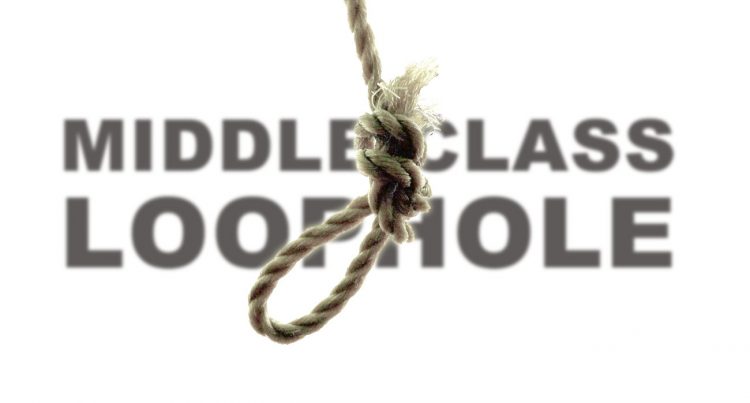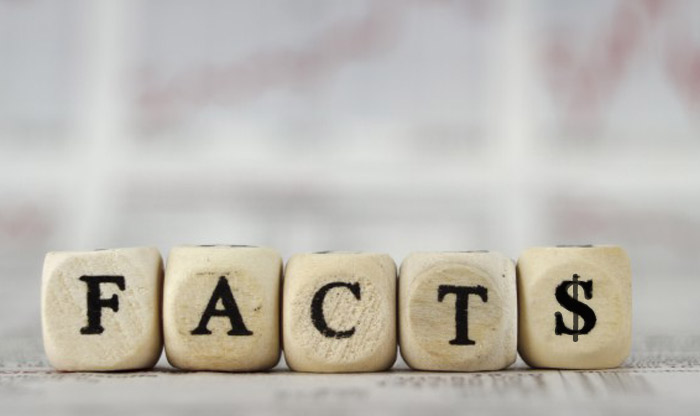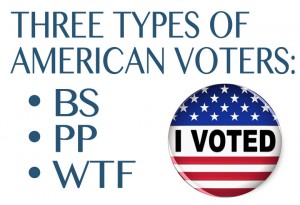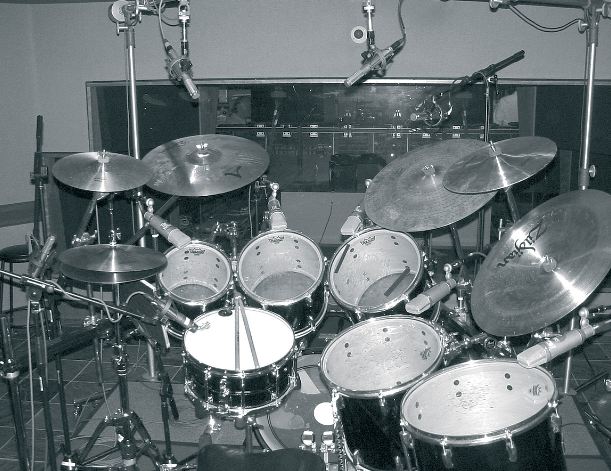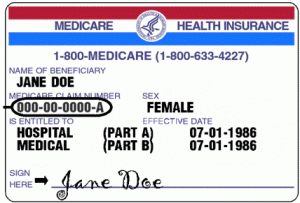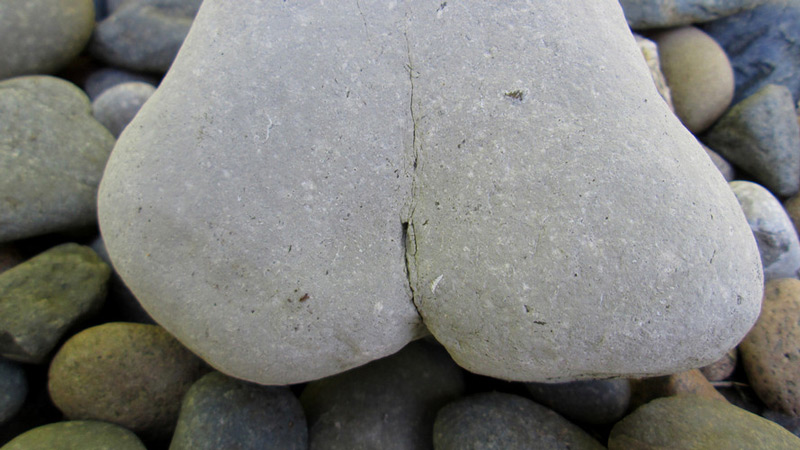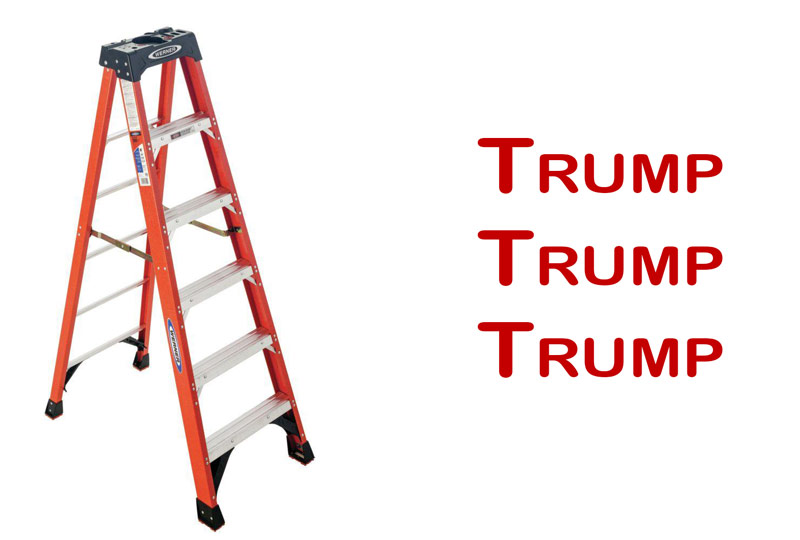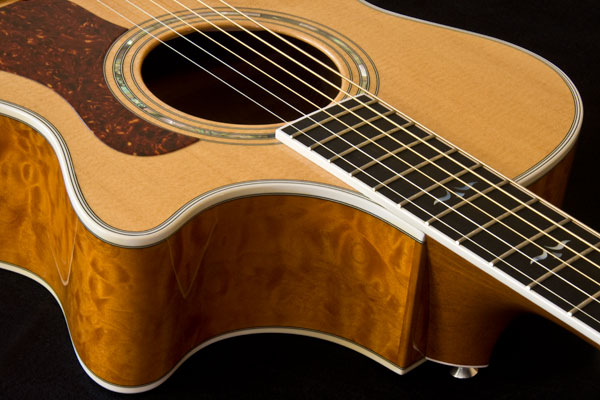
As a musical instrument, acoustic guitars are vast in design, look and sound. How guitars sound “good” or “bad” is only about 50% objective (I mean… look at Willie Nelson’s guitar he’s had for decades, right?). So we’ll try to compare acoustic guitars in our own way. This post has comparison charts and what to look/listen for when buying an acoustic guitar.
Keep in mind, there’s no way you’re going to buy an acoustic guitar you love by reading about it. You have to keep playing until you find “The One.” We prefer to educate on more than just make and model as much as we can. Fit, body shape, tone wood, etc. all impact not only sound, but how much you enjoy playing the guitar. The more you know even just about the wood and shape, the better your total collection will be, because you’ll have a decent idea of what you need before you start shopping for a new guitar. In the end, though, you have to go out and play, play, play until you find the right fit and tone.
We’ve included some acoustic guitar comparison charts like this from Ayer’s. (Jump link: Acoustic Guitar comparison chart 1). It’s purpose is to compare Ayer guitars to other more common guitar brands and models, but the comparison chart is a good tool because it details lots of features that you normally want to look at when buying an acoustic guitar. If you know you like the sound of a Martin D-18, then look at all of its specs and then play other guitars that are similar: use the chart to know what to look for, not necessarily know exactly what you’ll buy.
… OK…. hard details covered from Chart 1 below. If you know the makes and models you can guess how they feel or play, but I want to compare how guitars sound and feel, not just what the pieces, nuts and bolts of the guitar are.
Side rant about guitar quality vs. skill of the guitar player: One thing that should be mentioned about this post: we do not believe in “for the beginner”. That’s all bull. I don’t care if you’re never picked up and played a guitar in your life, don’t buy a cheap, bad sounding acoustic guitar just because you’ve never had one before. One thing about having a beautiful acoustic is that it motivates you to play more and be a better musician. “Guitars for beginners” should be burned. Terrible idea. If you’re going to do it, do it right.
Our personal list of what to look for when buying an acoustic guitar:
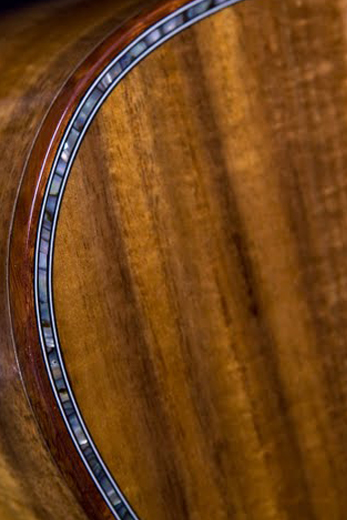
Balance. This seems to top all who we asked. From top-most high note to the low E, is the sound output level balanced, or are certain areas in the total range a lot quieter than others? A really good loudness and tonal balance in an acoustic guitar is the sign of a great guitar design, great tone wood, and a lot of care in the build. A guitar with great tonal balances covers a lot of those criteria for buying an acoustic guitar. For example, I have a 14-year old Taylor 612c (big leaf maple back/sides, spruce top. before they started adding the expression system (612ce), so it doesn’t have cut holes in it for the tone knobs), and a Taylor GS7 (rosewood back/sides, cedar top). The 612c isn’t as full, but has has very good top to bottom balance, while the latter has a low-end that makes it like the grand piano of guitars, but its high-mid range isn’t as present so it doesn’t record as well if finger-picking (or at least requires more compression, which I hate).
Intonation. Important. If you have a good tech then you can fix some intonation issues, but the quality is often made or broken based on how solidly spaced and rock-on-solid the intonation is. Nothing makes people perk up more than hitting a note when it’s just a wee bit off.
Fit. This is strange, but does that guitar fit you when you’re sitting down having a good time with it? Guys and Girls fit together nicely, and so should a person and their guitar. Jumbos just don’t work for people who are short with short arms (but it is possible to find guitars with a large, jumbo sound without the huge hips). Balance, then fit. If you can’t find a great balance, then fit does down in priority a little for many people.
Look. Strange, right? We’re all about sound quality, but look also results in inspiration, and if you’re inspired more to play a guitar because it just looks so gosh darn good, then that’s a good thing. …. I confess that smell gets added there for me. 80% of the time when I take one out of a case I’ll just take a good whiff of the sound hole to take in the wood smell… yeah… I’m weird. Get over it. People are strange.
Well… once again Ayes had another table that’s really helpful insofar as body shape. This is a bit more important (b/c if you’re like me, then you might feel more comfortable with a smaller body size so it doesn’t dig into your arm since you’re so darn short). So your jump link: Acoustic Guitar Comparison Chart 2.
Normally, I wouldn’t want to outwardly push really big companies (much bigger fan of finding the perfect guitar in a ma and pop shop, you know?), but Sweetwater is actually somewhat helpful as well with their Acoustic Guitar Buying Guide. It covers body shapes, tone woods, etc. in a fairly straight forward way if you don’t have much experience with guitars yet.
On acoustic guitar sound comparison. The most sever battle (east coast / west coast, Yankees / red sox, that sort of battle) is between Taylor and Martin guitars. Generally the debate starts that Taylor is brighter and louder, and Martin is softer and warmer… emm muddier-a-choo! ;) That’s one to play for yourself. I, for one, take them from a recording stance and prefer Taylors for their balance and focus, cut through a bit better in a larger mix, whereas a nice, well-played-in Martin (can’t be too new) is great for solo guitar sort of tracks. Martin vs Taylor Guitars debate has been covered in tons of places so follow that link to see another discussion that seems fairly tame.
WOOD is very important to your acoustic guitar sound. Learn more about it ;) Check out this site that has some good description of tone woods for guitars. (saves me a lot of typing)
Comparison CHART 1 (back to top)
| Model | Ayers 04 Series | Taylor DN5 | Breedlove Revival D-M | Martin D-18 | Gibson J-45 | Ayers 07 Series | Larrivee D-09 | Taylor 810 | Martin D-28 |
|---|---|---|---|---|---|---|---|---|---|
| Price | $1,299.00 | $2,798.00 | $2,529.00 | $2,599.00 | $3,072.00 | $1,799.00 | $2,988.00 | $3,148.00 | $2,999.00 |
| Body Size | Dreadnaught | Dreadnaught | Dreadnaught | Dreadnaught | Dreadnaught | Dreadnaught | Dreadnaught | Dreadnaught | Dreadnaught |
| Top | AA Stika spruce | Sitka Spruce | Sitka Spruce | Sitka Spruce | AA Sitka Spruce | AAA Sitka Spruce | Canadian Sitka Spruce | Sitka Spruce | Sitka Spruce |
| Back & Sides | African Mahogany | American Mahogany | Honduran Mahogany | Mahogany | Honduran Mahogany | East Indian Rosewood | East Indian Rosewood | East Indian Rosewood | East Indian Rosewood |
| Neck | 1 Piece African Mahogany | American Mahogany | Honduran Mahogany | Select Hardwood | NA | 1 Piece African Mahogany | 1 Piece Mahogany | Tropical American Mahogany | Select Hardwood |
| Tuners | Gotoh 301 (chrome) | Gold Plated Taylor | Grover Sta-Tite Vintage | Gotoh Chrome w/ large buttons | Grover Rotomatic | Gotoh 301(gold)/ Ebony button | Chrome | NA | Gotoh Chrome w/ Large Buttons |
| Headstock Overlay | Indian Rosewood | Indian Rosewood | Indian Rosewood | Indian Rosewood | Indian Roswood | Indian Rosewood | Dark Wood | Indian Rosewood | Indian Rosewood |
| Fretboard | Indian Rosewood | Ebony | Ebony | Indian Rosewood | NA | Ebony | Ebony | Ebony | Ebony |
| Bridge | Indian Rosewood | Ebony | Ebony | Indian Rosewood | NA | Ebony | Ebony | Ebony | Ebony |
| Strings | EXL-16 | Xlixir Medium | NA | Martin MSP4200 | NA | EXL-16 | NA | NA | MSP4200 |
| Body Binding | Padauk/ 0.5mm maple | Ivoroid | 0 | Black Boltaron | 0 | Padauk/ 0.5mm maple | Candian Maple | Maple | White Boltaron |
| Fretboard Binding | Ebony | Yes | 0 | 0 | 0 | Padauk | Ivoriod | Maple | None |
| Headstock Binding | 0 | 0 | 0 | 0 | 0 | Padauk | 0 | 0 | 0 |
| Top Purfling | Padauk/ Maple 2mm/ B | 0 | 0 | Multiple Black / White Boltaron | 0 | B/ Maple 2mm / B | B/W/ 2mmB | BWBWB | Multiple Black / White Boltaron |
| W 0.5mm/ Padauk 4mm/ abalone 4mm/ Padauk 4mm/ w 0.5mm | Plastic | BWB | Style 28 | 3 Ply | W 0.5mm / Rosewood 4mm / Abalone 4mm / Rosewood 4mm / W 0.5mm | Triple Ring with B/ abalone/ B center | BWB / Abalone / BWB | Style 28 | |
| Top Finsh | Gloss | Gloss | Semi-Gloss | Gloss | Gloss | Gloss | Gloss | 0 | Gloss |
| Back & Side Finsh | Gloss | Gloss | Semi-Gloss | Gloss | Gloss | Gloss | Gloss | 0 | Gloss |
| Headstock Finsh | Gloss | Gloss | Semi-Gloss | Gloss | Gloss | Gloss | Gloss | 0 | Gloss |
| Neck Finish | Satin | Gloss | Satin | Gloss | 0 | Satin | Gloss | 0 | Satin |
| Hard Case | Yes | Yes | Yes | 640 Molded | 0 | Yes | Yes | Yes | 640 Molded |
Comparison Chart 2: Acoustic Guitar Body Shape (again, thanks Ayers Guitars, who does make some good looking acoustics) (back to top)
| Model | Dreadnaught | Auditorium | Small Jumbo | Orchestra |
|---|---|---|---|---|
| Closest Comparison | Martin Dreadnaught Taylor DN or (X)10 | Taylor GC or (X)12 | Martin M – Grand Auditorium Taylor GA or (X)14 or (X)54 | Martin OM Taylor GC or (X)12 |
| Neck Width | 1 11/16″ | 1 11/16″ | 1 11/16″ | 1 11/16″ |
| Scale | 25 1/2″ | 25 1/2″ | 25 1/2″ | 25 1/2″ |
| Upper Bout Thickness | 3 15/16″ | 3 15/16″ | 3 5/8″ | 3 5/16″ |
| Upper Bout Width | 11 1/8″ | 10 7/8″ | 11 1/4″ | 11 1/8″ |
| Waist | 10 7/8″ | 9 1/4″ | 9 1/4″ | 9 1/4″ |
| Lower Bout Thickness | 4 7/8″ | 4 3/4″ | 4 9/16″ | 4 1/4″ |
| Lower Bout Width | 15 5/8″ | 15 1/2″ | 15 7/8″ | 15 1/8″ |
 |  |  | 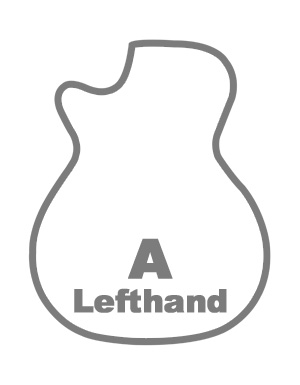 |
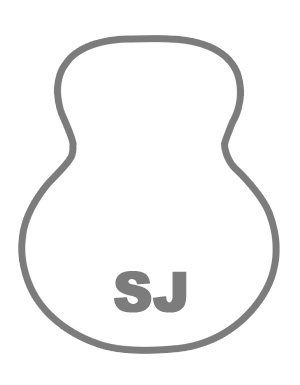 | 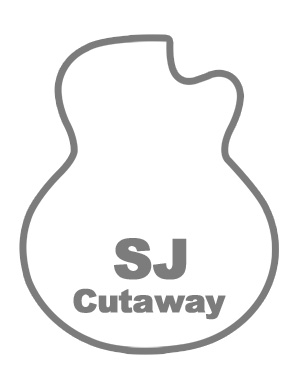 |  |  |
more later….


